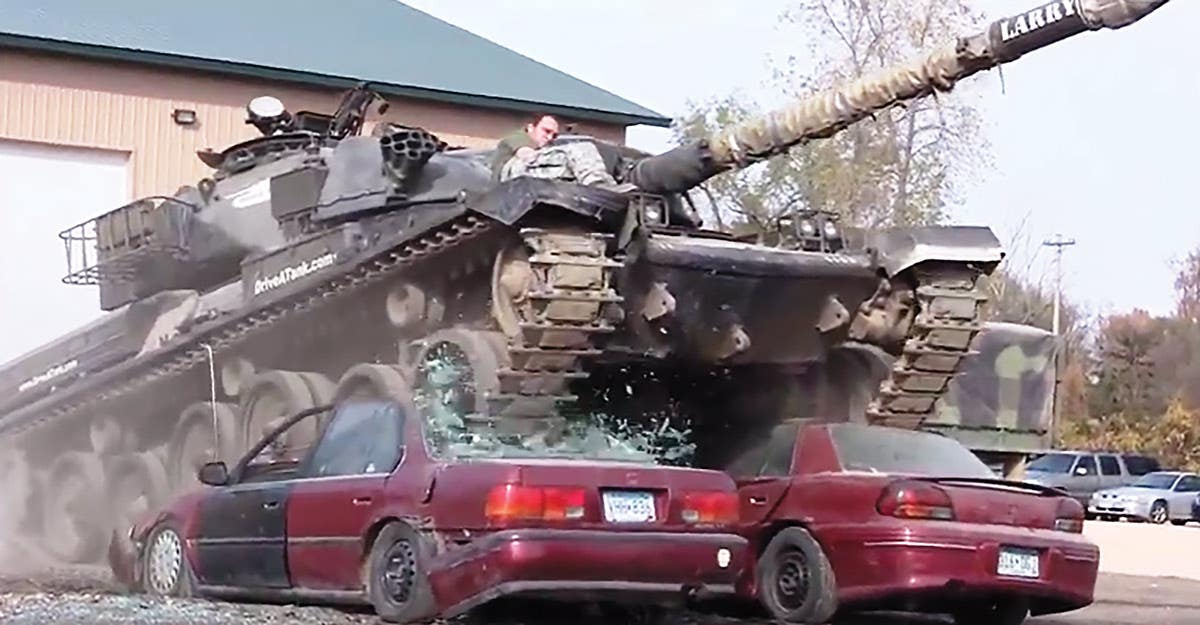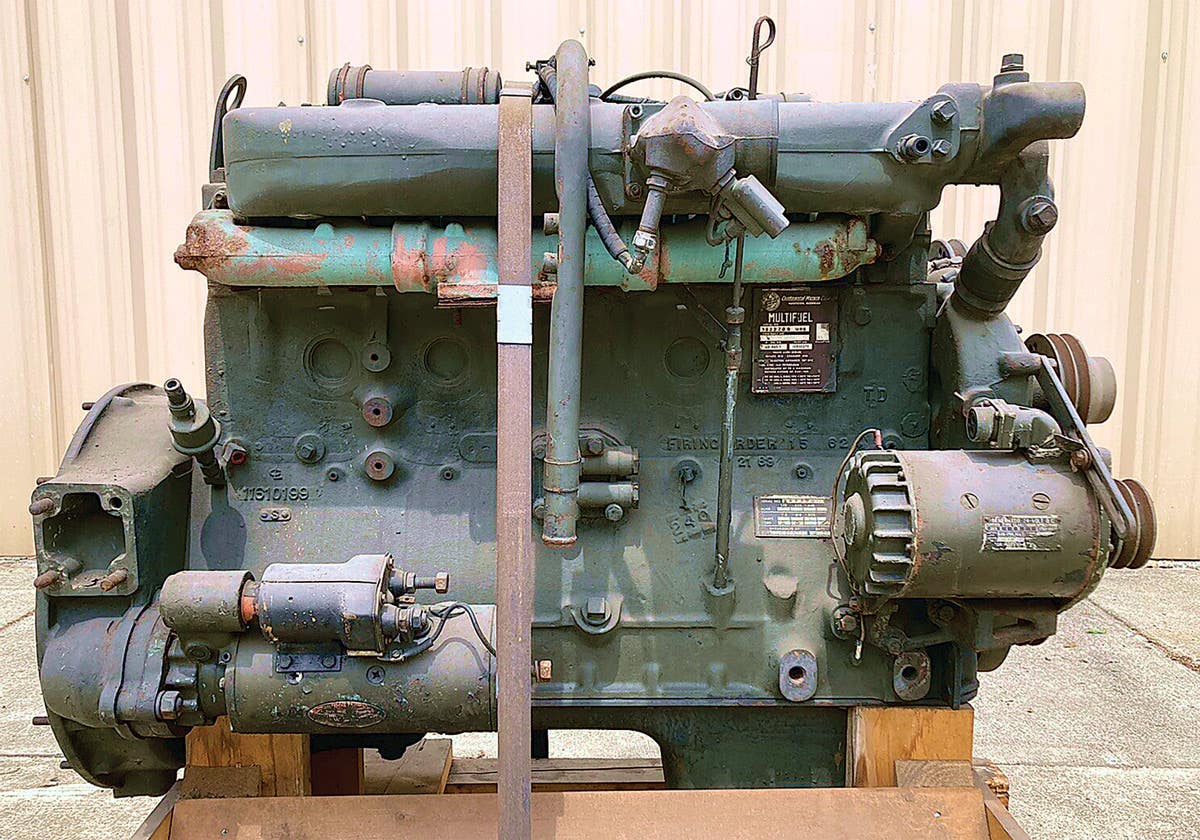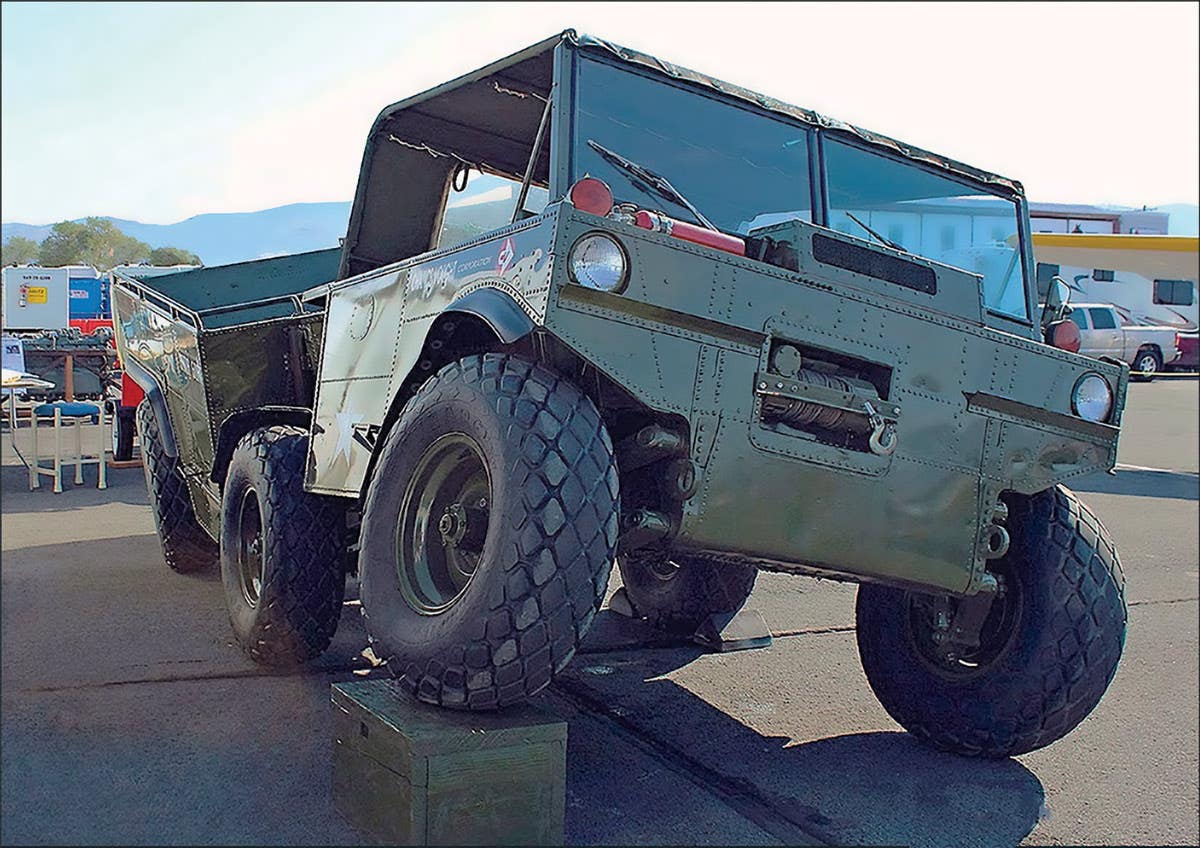Jeepology PHD insights in this installment of Tech Tips
Something not right with your historic military vehicle? Steve Turchet answers your questions on how to keep ’em movin’!
Q: I just spotted the “Jeepology PHD?” letter by William B. King in January 25 MT&V magazine, and your reply. You probably already have heard from others about the correct answers to his question. I am a little late getting to page 88 because I always read the magazine from start to finish, part time. Tech Tips is one of the last things I look at, although it is my favorite monthly feature.
Mr. King was wondering why WWII British jeeps had chopped off bumpers, cut out grilles, and the “silly little lights on the front fenders.” Relatively few of their jeeps had the first two modifications. The shortened front bumper was a feature of jeeps for airborne service, specifically for loading aboard Horsa gliders used by air-landing units. When driving and pushing the jeep up the steep ramp into the side loading door, it had to be manhandled to turn it 90 degrees. The ends of the stock fenders would hit the door jam and/or the side of the glider on the far side. So they cut them back to the frame rails.
A mod he didn’t mention was the removal of the rear grab handles and spare tire and bracket, for the same reason. Those jeeps carried the spare on top of the hood held by a special bracket, or in front of the radiator. The fourth required mod was cutting the side steps off. These would hit the door jam when the jeep was being turned. The standard airborne front bumper had a rotating bracket that would accept an “A-arm” affixed to the rear of some jeeps, which was like a tow bar.
It is easy to get a skewed view of British wartime jeeps because many modern restorers will build their jeep to airborne specs, and it seems that many magazine editors like to publish pictures of originals and these recreations because they are interesting.
The cut grille slats were a feature of only Special Air Service Regiment jeeps. They did this to the first jeeps they procured in the summer of 1942 in Egypt. They got the idea from working with the Long Range Desert Group, a primarily reconnaissance unit that operated behind the enemy lines. They LRDG used mostly Chevy and Ford trucks — that had cut grille slats — and they took the SAS raiders to and from objectives. The SAS used sabotage tactics to blow up airplanes at night, while on foot, using time bombs they invented. They cut the grilles to aid cooling. So when the SAS obtained their own transport, they followed suit. It was also found that holes in the radiator core could be gotten to for repairing more easily and quickly by not having many slats in the way. They sealed holes with plastic explosive they always carried.
When the SAS was in England preparing to be parachuted into central and western France starting on June 6, 1944, their shops were converting jeeps in the airborne style but with cut grilles. Some say this was only a distinctive tradition, but certainly the fast repairing of radiators was going to be more common in France, and later in Germany. These jeeps were parachuted to them out of modified Halifax bombers starting in late June.
During the war, the marker lamps on the front fenders were to mark the outside extremities of vehicles at night during blackout conditions. They were made I think by Lucas and Butler, possibly others. They originally had 2-inch diameter, frosted white glass lenses. A short time later the diameter was reduced to 1 inch. Later, when blackouts became “dimouts”, the 2-inch lens was brought back. We also see masked and covered or removed headlamps in the photos, with variations in rules as the war went on. The U.S. vehicles were usually changed to British lighting specs by removing their front blackout marker lamps and relocating them to the fenders. — John Neuenburg
Thank you, John, for your detailed letter and photos. In regard to one of Mr. King’s questions about the inverted U.S. stars, the most common explanation is that they were, indeed, inverted with the top point down to distinguish them from U.S. vehicles, though this was not done consistently or on a large scale.
Send your favorite Tech Tip or question to Steve Turchet at military@aimmedia.com
Love Tech Tips? Here are a few more articles for your reading enjoyment.
From the staff of North America's no. 1 historic military vehicle source -- Military Vehicles Magazine







